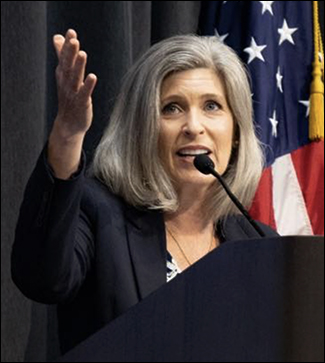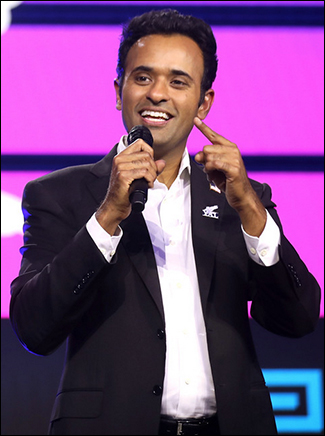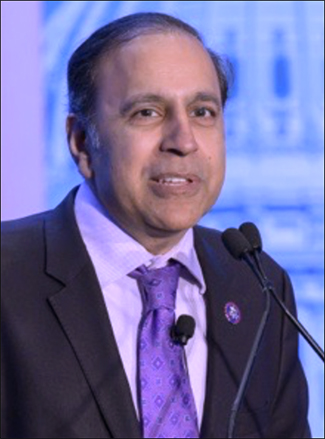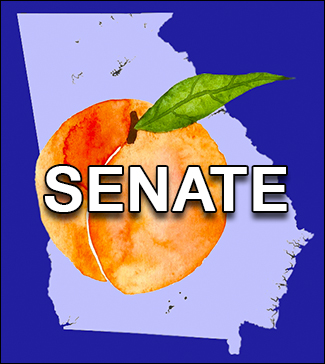By Jim Ellis — Tuesday, Sept. 16, 2025
Senate
For the first time in the 2026 election cycle, Sen. John Cornyn (R-Texas) has posted a Republican primary polling lead versus his renomination opponent, Lone Star State Attorney General Ken Paxton.The poll, from Texas Public Opinion Research as reported in a Politico Playbook release (Aug. 27-29; 843 registered Texas voters) posts the Senator to a six-point lead over Paxton, 32-26 percent with now 29 percent saying they are undecided.
With new revelations of another Paxton extramarital affair coming into the public domain, which would be the second time the Attorney General has been involved in such a scandal and now with a different woman, the new TPOR survey may be setting a new polling trend.
During Paxton’s 2023 bribery impeachment trial in the Texas Senate, a woman with whom he was having an affair was called upon to testify publicly. The Senate eventually acquitted Paxton, and he remains in office today. Since that time, the Attorney General’s wife, state Sen. Angela Paxton (R-Plano), filed for divorce. The woman who is the subject of this latest story has recently divorced, but the new affair was apparently underway while both were married to other individuals.
Throughout this year, Paxton has consistently led Sen. Cornyn in GOP primary polls. Until August, Paxton held the advantage in every published poll (13 from 13 different pollsters) by an average of just under 15 percentage points.
In the most recent five polls now including the Texas Public Opinion Research survey, the Paxton average edge had lessened to 1.6 points. Now, we see the latest publicly released survey putting Sen. Cornyn ahead beyond the polling margin of error, with the understanding that the study was conducted prior to the breaking scandal news becoming public.
Because Sen. Cornyn clearly has the momentum and a financial advantage (the June 30 Federal Election Commission financial disclosure reports showed Cornyn holding $5.9 million in his campaign as compared to Paxton’s $2.5 million) the four-term incumbent now has an opportunity to capitalize upon this most recent polling trend and can possibly permanently reverse the race trajectory.
Action is underway for the Texas Democrats, too. While former Congressman and 2024 US Senate nominee Colin Allred has formally announced his candidacy for 2026, he no longer has an unimpeded path to the party nomination. State Rep. James Talarico (D-Austin), who has become the darling of the Texas political media, is also an announced candidate. Earlier reports of former Congressman and ex-presidential, US Senate, and gubernatorial candidate Beto O’Rourke (D) considering launching a new Senate candidacy have largely dissipated.
Upon Talarico’s formal announcement of candidacy on Sept. 9, a Public Policy Polling survey (Sept. 3-4; 510 likely Texas Democratic primary voters; live interview & text) was released showing the state Representative trailing Allred, 40-32 percent. While Allred remains the favorite for the party nomination, Talarico’s challenge must be regarded as serious, and we can now expect a competitive and expensive Democratic primary campaign to accompany what we are seeing on the Republican side.
The latest pro-Cornyn developments are also positive for Republican prospects in the general election. Polling shows Sen. Cornyn enjoying healthy leads in general election pairings, and most believe Paxton would be a weaker candidate.
A Paxton nomination would likely allow the Democratic nominee to have a legitimate chance of winning the statewide race in Texas, something Lone Star State Democrats have been unable to accomplish since 1994.







